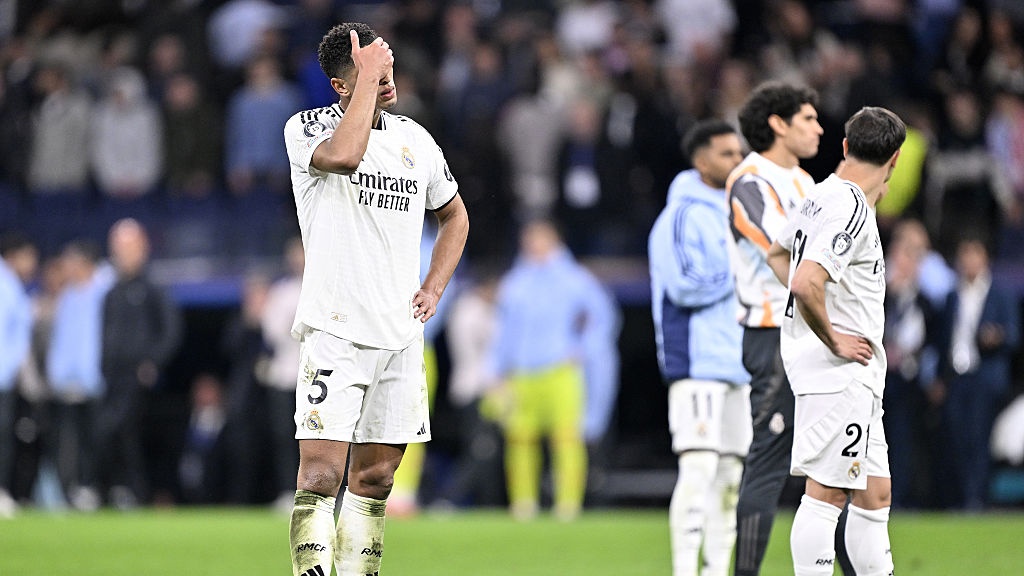How Özil embodies Wenger's desire to bin tiki-taka tedium in Arsenal's trophy hunt
Hassan Cheema ponders whether the German's blockbusting transfer has signalled a new dawn for the Gunners...
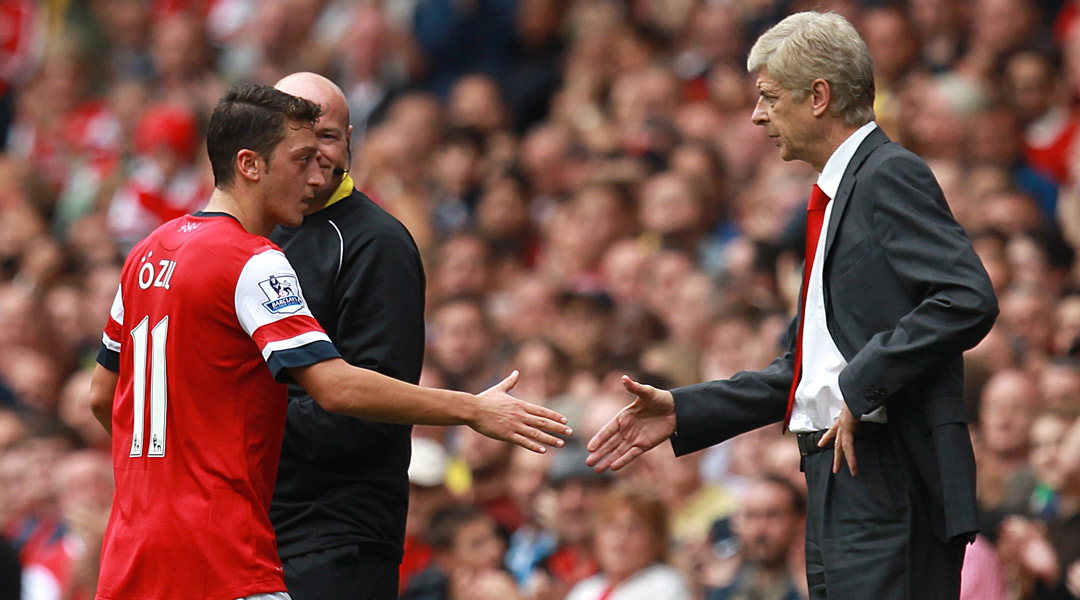
Arsenal finished top in each of Arsene Wenger's first seven years at the club, but his reputation was also made by the style in which they did it; Arsenal were the self-proclaimed purveyors of the beautiful game, singlehandedly taking on the Mancunian behemoth the country loved to hate – until the injection of petrodollars and Iberian managers stopped them keeping pace with the best.
Or at least that’s how the narrative goes. The fact is that Arsenal in the early noughties were a far different team, tactically and otherwise, from the one they were by the end of the decade.
The stereotypical Arsenal goal at the turn of the century was Thierry Henry beating the offside trap, running onto a through pass and curling the ball into the bottom far corner from the inside-left position. By 2010 the stereotypical Arsenal goal was a dozen quick passes ending with a midfielder walking the ball over the line. Because they remained stereotyped as soft and technically adept (i.e. foreign), the change in their style was rarely commented upon. Instead their decline was said to be because they had foregone the English spine Wenger had once inherited.
Arsenal’s success in the initial Wenger years came through a certain type of player: Henry, Patrick Vieira and George Graham’s Back Four were all athletic specimens. Only four of the first-choice XI in 2003/04 (Freddie Ljungberg, Ashley Cole, Lauren and Kolo Toure) were under 6ft 1in tall.
Get FourFourTwo Newsletter
The best features, fun and footballing quizzes, straight to your inbox every week.
Arsenal’s style was built around pace and deceptive power; they were the kings of the counter-attack. They had great success domestically, winning seven trophies (three league titles, four FA Cups) in the first eight years under Wenger. But only twice in that time did they reach the quarter-finals of the Champions League, and never further than that. Sometime in the middle of the last decade, Wenger, wanting continental success, shifted from that style.
The catalyst to that transformation was their run to the Champions League final in 2005/06, when the Frenchman decided to pack his midfield and convert Henry into a lone striker. From then on Arsenal became more and more obsessed with the tricky midfielder, the “lovely little player” that English punditry is so fond (and suspicious) of. Nothing better encapsulated this than the heart of midfield switching from Vieira to Cesc Fabregas.
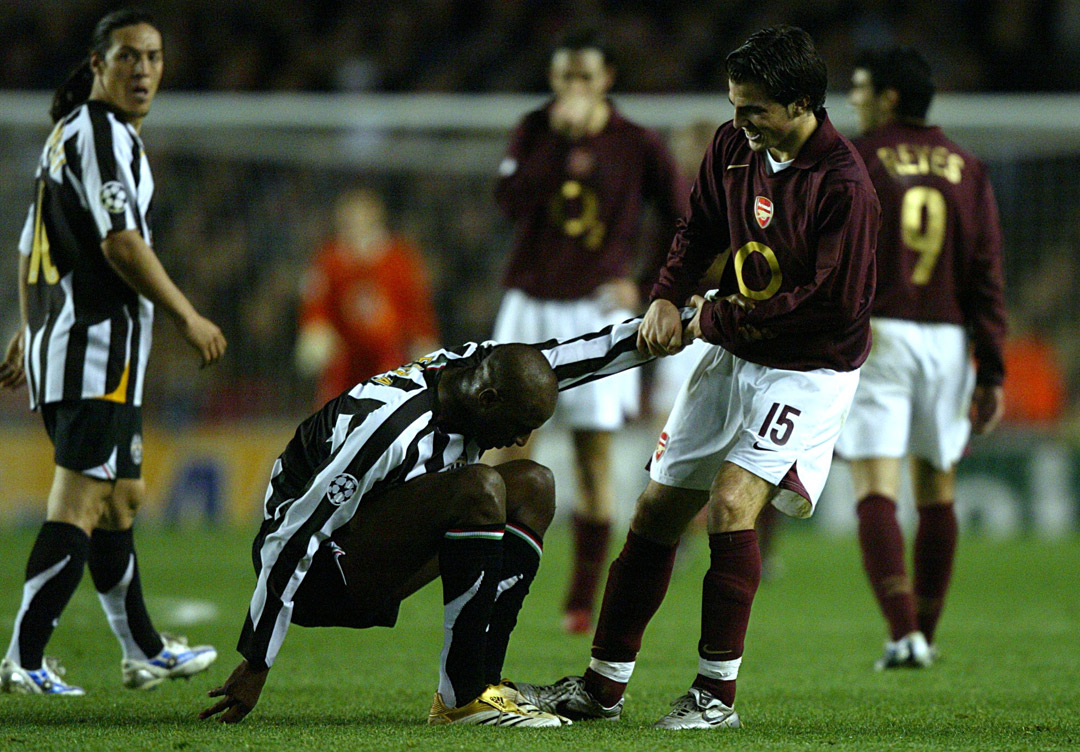
Over the next few years Wenger would buy the likes of Alexander Hleb, Denilson and Samir Nasri to make Arsenal the chief proponents of tiki-taka in England. It was a calculated gamble which paid off – Arsenal reached the quarter-finals for four of the next five years; except this style of play, the one so suited to the Champions League, became a millstone in the league.
A system that required precision and excellence to work became predictable: every week the opposition would, in football parlance, park the bus that Arsenal couldn’t move. An away draw in the Champions League was a good result; in the league, not so much. Wenger coined the phrase that suited his team more than any other – they became masters of sterile domination.
There were few better examples of this contrast than the fact that both Nasri and Hleb were anointed the successors of Robert Pires; while both of them could keep the ball better than Pires did, neither ever found the directness or efficiency that made him the player he was. Thus Arsenal became Barcelona-lite, and Wenger the greatest advocate of tiki-taka outside Catalonia.
It remained Arsenal's image until the start of this season. They were called 'soft' and 'leaderless' – and no mention of Arsenal’s weaknesses is still complete without a reference to Vieira and why the Gunners need someone like him. Of course, there's no denying the fact that Arsenal’s move towards buying minors as a reaction to the petrodollars and the other clubs catching up to Wenger’s scouting system has had an effect.
Yet Arsenal have changed since then, too. Over the past couple of years, especially with Fabregas gone, they’ve tried to become a more direct team again. The increasing importance and success of Theo Walcott is perhaps the best indicator of that. And that was why the signing of Mesut Özil was so logical and interesting.
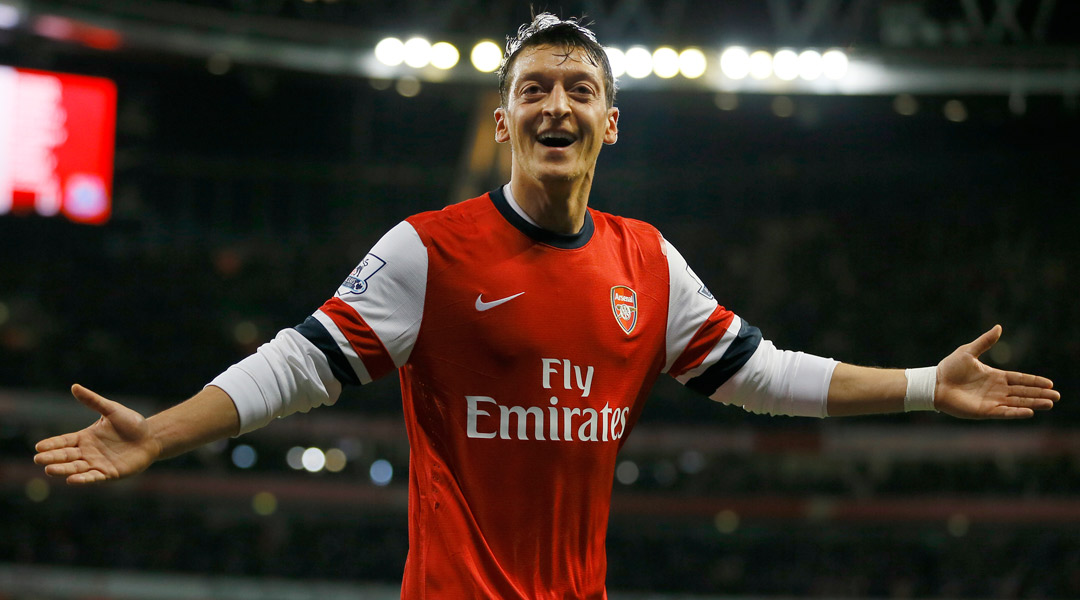
Özil made his name with Werder Bremen and Germany – two teams who revelled in the end-to-end game. Germany with Özil had been the best counter-attacking international team in the world. And Real Madrid with him, under Jose Mourinho, were the best counter-attacking club side in the world. Of course, the reason for that style had more to do with Mourinho and Cristiano Ronaldo, but it was one in which Ozil is most comfortable. Much was made of the 25-year-old's assists as English fans tried to learn about one of the best 20 players in the world for the very first time.
Özil’s numbers were extraordinary because he was the provider of the final simple ball to Ronaldo, Gonzalo Higuain or Karim Benzema, and those three had the quality to finish the one-on-ones.
His pass for Olivier Giroud’s goal on his debut against Sunderland was classic Özil - he is the master of the perfectly weighted simple ball as the opposition defence scrambles back into place. The signing of Mathieu Flamini also harkened back to the days when Arsenal were still a two-striker team playing on the break. It was as if Wenger was trying to rediscover what made him great in the first place. Perhaps this is all temporary, much like the defensive work at the start of last season which made Steve Bould seem like a miracle-worker.
And that is also why this is so interesting. Mostly this season the team has played a 4-5-1, essentially with four central playmakers. If Özil rediscovers his form as the centre-piece for Arsenal’s attack, who adapts? Do Arsenal try to become more like Arsenal of the early noughties, with him playing the Bergkamp role, or will the German continue to adjust his game to try and become one of the pegs in the traditional 4-3-3?
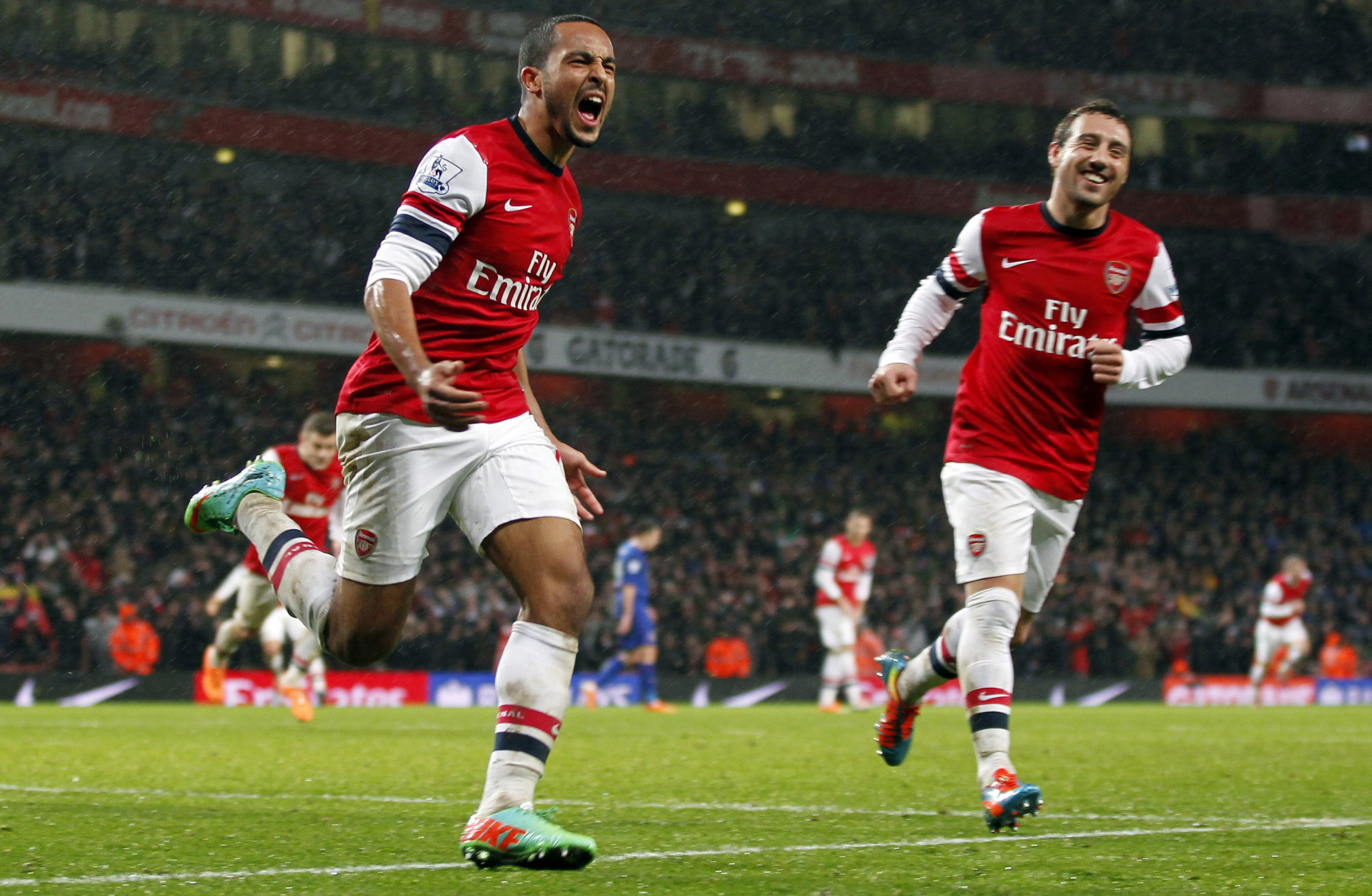
Twenty-two matches into the season Arsenal are averaging 57% possession, compared to nearly 60% in each of the last three seasons. Is Wenger evolving away from the tiki-taka he so favoured to a more balanced approach? Do the signings over the last three summers mean the Frenchman was never the obstinate fundamentalist in the transfer market that he was portrayed as, but someone who was constrained by the club's financial situation? Were the signings of Giroud, Lukas Podolski, Per Mertesacker and Mikel Arteta, followed by Özil, a vision of the post-debt Arsenal?
Are Arsenal back? It's all in due course, but there will always be doubts until they have silverware in their hands come May.
